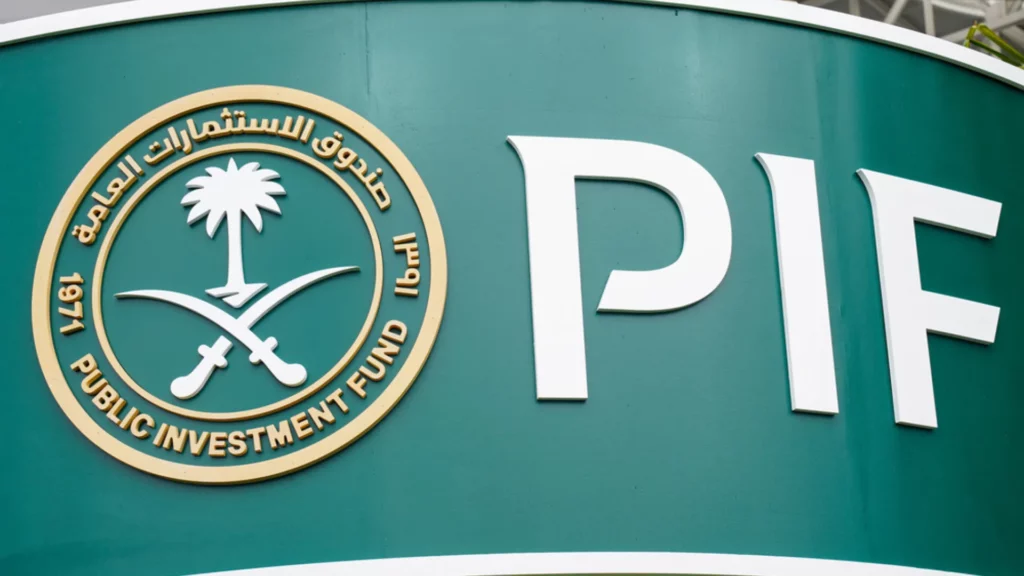Global SWF claims that PIF has shown an impressive performance with its leadership accountability, disclosures, and ESG commitment.
Saudi Arabia has a global milestone as its Public Investment Fund (PIF) reaches $1 trillion in assets. Global SWF, a sovereign wealth fund, recently announced that its assets increased by 18% to SR4.32 trillion ($1.15 trillion) in 2024.
Its Vision 2030 has undergone an evolution. It aims to balance between megaprojects, liquidity concerns, geopolitical outreach, and disciplined asset rotation.
PIF top-line revenue increased by 25% to SR413 billion, but rising interest rates and project delays are reducing the returns as net profit plummeted by 60% to SR26 billion.
The decline highlights a new reality for the world’s most ambitious sovereign investors: returns reallocated, debts optimized, and capital used precisely.
PIF has made many strategic changes to address the issues. They have included tighter performance management, growing reliance on commercial paper and sukuk for short-term funding, and a focus on revenue-generating assets.
Meanwhile, PIF’s role is increasingly becoming geopolitical. They have secured several international partnerships, including government-to-government agreements with China, India, France, and the US, as well as investment platforms with BlackRock, Goldman Sachs, and Brookfield.
PIF’s institutional and fiscal maturity is also gaining global attention. In the July 2025 Global SWF Governance, Sustainability, and Resilience Scoreboard, the fund received a perfect score of 100%.
The scoreboard evaluates 200 sovereign investors globally. It lists PIF as one of nine funds internationally and ranks it the best fund in Europe, the Middle East, and Africa, as it met all governance and transparency standards.
Global SWF claims that PIF has impressive performance, showing its leadership accountability, disclosures, and ESG (Environmental, Social, and Governance) commitment.
That dedication is noticeable in its green financing and ESG activities. PIF introduced a 100-year green bond in 2024, providing a long-term issue that blends Shariah (Islamic Law) compliance with ESG impact. It is helping the fund attract a diverse pool of investors while aligning capital with climate goals.
The fund is also backing the Kingdom’s digital and artificial intelligence. It launched HUMAIN, a domestic AI business, in May to strengthen Saudi Arabia‘s AI capabilities.
A PIF official stated that HUMAIN wants to partner with international tech companies, including NVIDIA, to create Arabic-language datasets and invest in foundational models. The company will support national security goals and economic diversification by acting as a vehicle for localisation and sovereign AI infrastructure.
Its changing geopolitical stance coincides with its foreign direct investment (FDI) goals. General Authority for Statistics reports that FDI inflows reached SR24 billion in the first quarter of this year, a 24% increase from the previous year, despite cumulative investments below Vision 2030 targets.
The statistics show resilience despite global uncertainty, but PIF will play a key role in attracting private investors.
The fund is also adjusting its internal structure. Global SWF pointed out that many megaprojects, including “The Line” by NEOM, have been scaled back. It planned $1.5 trillion smart city with 1.5 million residents by 2030, but current estimates show that just 300,000 people can reside there. Accordingly, PIF reduced 20-60% of budgets for major projects for 2025.
Yet this recalibration is not a retreat. It is shifting into precision financing, which preserves liquidity and reduces financial strain by leveraging commercial paper, asset recycling, co-investments, and sovereign partnerships.
As PIF expands its global reach, it is evident that it has a dual role as an investor and policy tool. Its presence in Paris, its Trump-era Gulf agreement, and growing memoranda of understanding with Asian markets show geopolitical use of funds.
The main question is not whether it can scale but how it will guide Vision 2030 through rising international interest rates, changing capital flows, and mounting domestic expectations. It is achieved by improving execution, controlling expenses, and delivering results.
The fund is assessed on financial metrics and how sustainably it achieves Vision 2030 goals as 2025 progresses.
